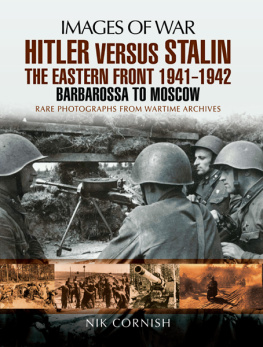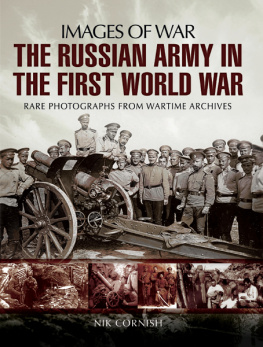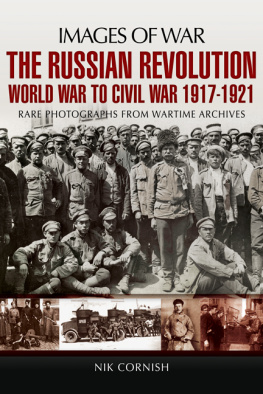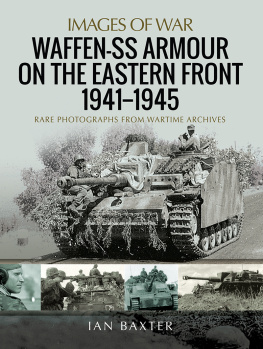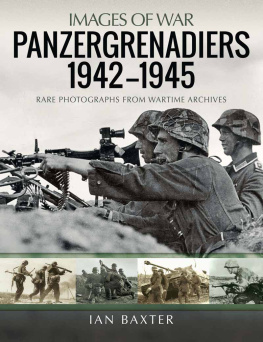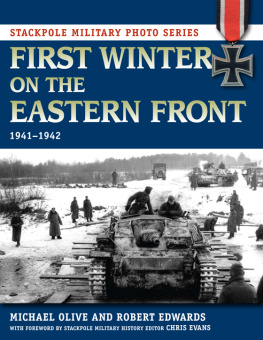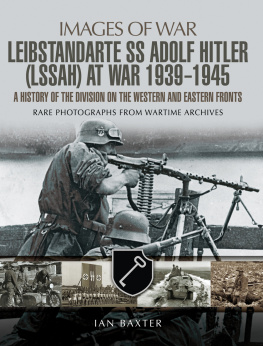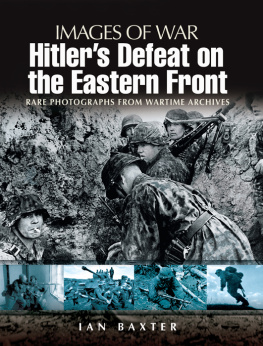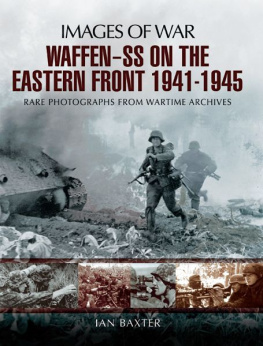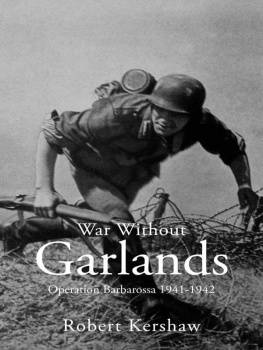First published in Great Britain in 2016 by
PEN & SWORD MILITARY
an imprint of
Pen & Sword Books Ltd,
47 Church Street, Barnsley,
South Yorkshire.
S70 2AS
Copyright Nik Cornish 2016
ISBN: 978-1-78346-398-5
PDF ISBN: 978-1-47388-144-0
EPUB ISBN: 978-1-47388-143-3
PRC ISBN: 978-1-47388-142-6
The right of Nik Cornish to be identified as Author of this Work has been asserted by him in accordance with the Copyright, Designs and Patents Act 1988.
A CIP catalogue record for this book is available from the British Library
All rights reserved. No part of this book may be reproduced or transmitted in any form or by any means, electronic or mechanical including photocopying, recording or by any information storage and retrieval system, without permission from the Publisher in writing.
Typeset by Mac Style Ltd, Bridlington, East Yorkshire
Printed and bound in Great Britain by CPI
Pen & Sword Books Ltd incorporates the imprints of
Pen & Sword Aviation, Pen & Sword Family History, Pen & Sword Maritime, Pen & Sword Military, Pen & Sword Discovery, Wharncliffe Local History, Wharncliffe True Crime, Wharncliffe Transport, Pen and Sword Select, Pen and Sword Military Classics
For a complete list of Pen & Sword titles please contact:
PEN & SWORD BOOKS LIMITED
47 Church Street, Barnsley, South Yorkshire, S70 2AS, England.
E-mail:
Website: www.pen-and-sword.co.uk
Contents
Preface
The concept underlying this book, and the volumes that follow it, is to provide the general reader of military history with a heavily illustrated overview of the war on the Eastern Front between 1941 and 1945. Each book will be self-standing and cover a particular time period during this titanic four-year campaign.
There has never been a war waged with such ferocity in the entirety of human history, indeed it was, as one eminent historian of this conflict entitled it, a clash of Titans. On the one hand the brown-shirted followers of Adolf Hitler, on the other the red-flagged communists of Joseph Stalin. With two such totalitarian regimes, where the power was highly concentrated in the hands of individuals who issued edicts through a vast civilian and military bureaucracy, the manner in which military and political advice was taken and acted upon frequently verged on the erratic.
When the campaign began Hitlers faith in the German General Staff was considerable due to their achievements elsewhere. However, this belief was to deteriorate rapidly as the Russian winter of 1941 took hold and the Red Army first rallied and then mounted a series of successful counterattacks. The result was that Hitler took command of the Wehrmacht and increasingly interfered with the micro-management of operations, often with disastrous effects.
Closeted in the Kremlin, Stalin reacted to the Axis invasion and the manner in which the Red Army almost collapsed by unleashing a reign of terror resulting in a wave of executions and promotions that generated an all-pervasive atmosphere of dread. However, as the Red Army began to fight back and demonstrate itself capable of defeating the enemy, Stalins faith in his commanders abilities increased and he allowed them greater leeway to plan and fight the war while he slowly relaxed his iron grip.
Both dictators had personal but different experiences of warfare Hitler had endured over three years in the front line on the Western Front, whereas Stalin had been a leader, albeit briefly, during the Russian Civil War around the city formerly known as Tsaritsyn. In 1942 Tsaritsyn was known as Stalingrad the city that would provide the venue for the showdown between the Boss and the Austrian Corporal.
Acknowledgements
The usual suspects to whom I am indebted include Dmitry Belanovsky, Norbert Hofer, Stephen Perry and Andrei Simonov many thanks boys. Further thanks are due to Alex Cornish for many hours of technical assistance coupled with interesting comments and criticisms.
The debt that I owe to the staff members of the Central Museum of the Armed Forces and the Krasnogorsk Archive in Moscow is immense thank you all.
Picture Credits
All images are by Nik Cornish at www.Stavka.org.uk aside from:
Courtesy of the Central Museum of the Armed Forces, Moscow via Stavka:
p. xi B, p. 27 B, p. 36 T and B, p. 46 T, p. 48 B, p.

